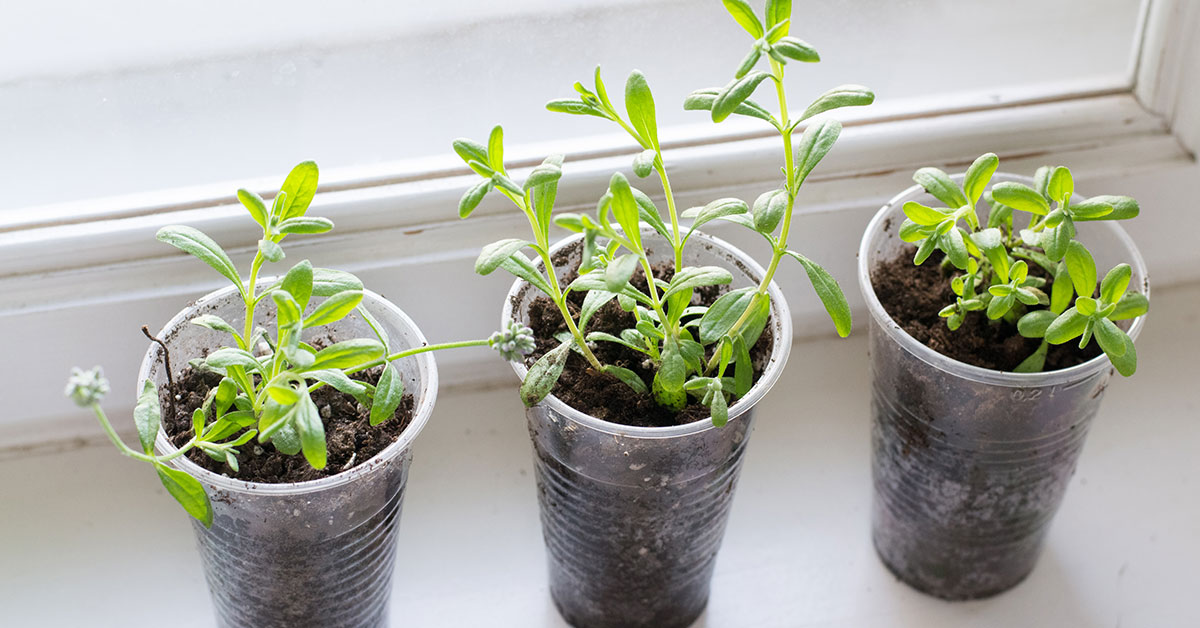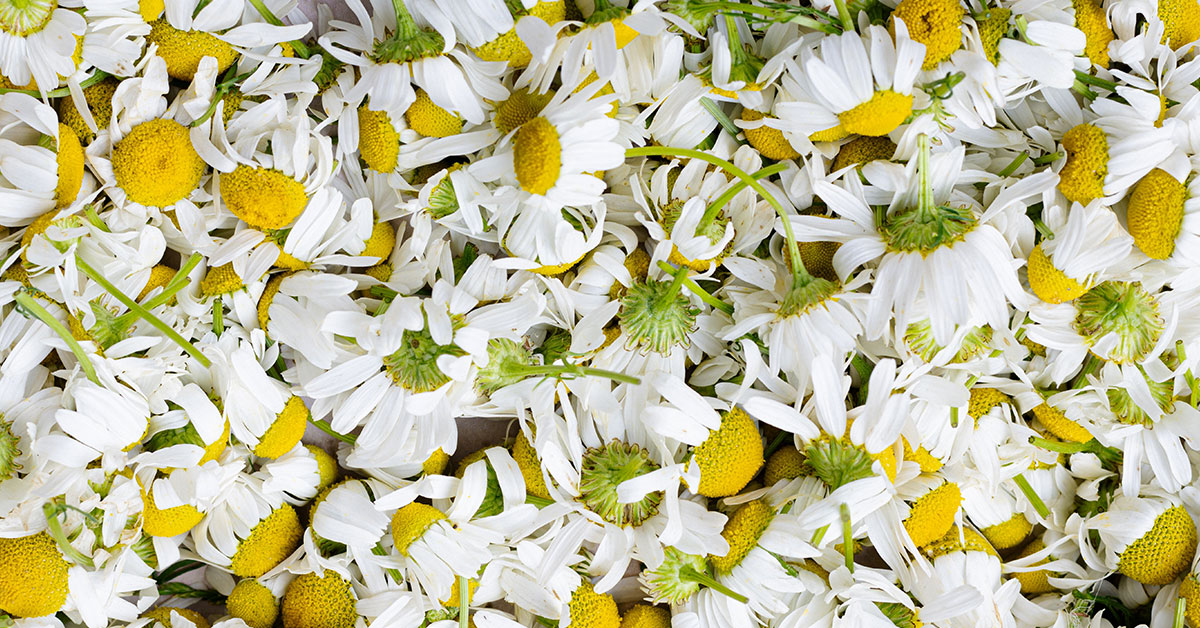Are you a lavender enthusiast looking to add this aromatic and beautiful plant to your garden in the UK? Well, you’ve come to the right place! In this article, we will guide you through the best time to plant lavender in the UK, ensuring that you have a successful and thriving lavender garden. Lavender, with its vibrant purple flowers and delightful fragrance, is a popular choice for gardeners across the country. However, to ensure the best possible growth and longevity of your lavender plants, it is crucial to plant them at the right time.
By understanding the climatic conditions and seasonal variations in the UK, you can make informed decisions and create an enchanting lavender haven in your own backyard. So, let’s dive in and explore the opportune moments to plant lavender, ensuring a flourishing garden that will be the envy of all your neighbors.
What are good varieties for lavender in the UK
There are several good varieties of lavender that thrive in the UK climate. Here are a few popular ones:
- English Lavender (Lavandula angustifolia): This is the most common and traditional lavender variety, known for its strong fragrance and compact growth habit. Popular cultivars include ‘Hidcote’ and ‘Munstead’.
- French Lavender (Lavandula stoechas): This variety has distinctive “rabbit ear” blooms and a slightly milder fragrance compared to English lavender. It tends to be less hardy, so it’s best suited to milder regions or grown in pots that can be brought indoors during winter.
- Spanish Lavender (Lavandula dentata): Known for its serrated leaves and showy bracts, Spanish lavender adds an interesting texture to the garden. It has a slightly milder fragrance and is also less hardy, so it’s ideal for growing in pots.
- Lavandin (Lavandula x intermedia): These lavender hybrids are a cross between English and Portuguese lavender. They are known for their larger size, higher oil content, and strong fragrance. Popular cultivars include ‘Grosso’ and ‘Provence’.
- Lavender ‘Hidcote Giant’ (Lavandula angustifolia ‘Hidcote Giant’): This cultivar is a larger version of the classic ‘Hidcote’ variety, with bigger flower spikes and a more robust growth habit.
- Lavender ‘Rosea’ (Lavandula angustifolia ‘Rosea’): This variety has pale pink flowers, adding a soft touch to your lavender collection. It has a similar growth habit to English lavender.
Remember to choose a variety that suits your region’s climate, as some may be more tolerant of colder temperatures while others prefer warmer conditions.
When to plant lavender in the UK
In the United Kingdom, the hardiness zones are primarily determined by the Royal Horticultural Society (RHS). These zones provide valuable information regarding the climatic conditions of different regions and help gardeners choose plants that are suitable for their area.
The UK is divided into several hardiness zones, ranging from Zone 7 in the mildest regions to Zone 3 in the coldest parts. The hardiness zones are based on the average minimum winter temperatures, which can vary significantly across the country. It is important to consider the hardiness zone when selecting plants for your garden, as it helps determine if a particular plant can survive the winter in your region.
Now, let’s talk about planting lavender in the UK. Lavender is a popular and versatile herb that thrives in sunny and well-drained conditions. Although lavender is generally considered hardy, the best time to plant it in the UK depends on your location.
In the milder regions of the UK, such as Zone 7 and parts of Zone 6, lavender can be planted in early spring or early autumn. This allows the plant to establish its root system before the heat of summer or the cold of winter sets in. Early autumn planting is particularly beneficial as it allows the roots to establish before the onset of winter and provides a head start in spring.
In colder regions, such as Zones 5 and below, it is advisable to plant lavender in early spring. This timing ensures that the plant has enough time to establish itself during the warmer months before the onset of winter.
When planting lavender, it is essential to choose a well-drained location with full sun exposure. Lavender dislikes wet feet and prefers soil that is not overly rich or fertile. If your soil tends to be heavy or poorly drained, consider adding organic matter or creating raised beds to improve drainage.
In terms of care, lavender requires minimal maintenance once established. Regular pruning after flowering helps maintain a compact shape and encourages new growth. Additionally, lavender benefits from a light application of a balanced organic fertilizer in early spring.
Remember to select lavender varieties that are suitable for your hardiness zone to ensure their long-term survival. By considering your region’s hardiness zone and planting lavender at the appropriate time, you can enjoy the beauty and fragrance of this wonderful herb in your UK garden.
When to harvest lavender in the UK
The optimal time to harvest lavender in the UK is usually in mid-summer, around July or August. This is when the lavender flowers are in full bloom and the essential oils are at their peak. It’s best to harvest lavender in the morning, after the dew has dried but before the heat of the day sets in. At this time, the flowers will be fully open and the fragrance will be at its strongest.
Other considerations
When growing lavender in the UK, there are a few other considerations to keep in mind:
- Soil: Lavender prefers well-draining soil with a pH level of around 6.5 to 7.5. If your soil is heavy or clay-like, consider adding organic matter like compost to improve drainage.
- Sunlight: Lavender thrives in full sunlight, so choose a location in your garden that receives at least 6-8 hours of direct sunlight each day.
- Watering: Lavender is drought-tolerant once established, so avoid overwatering. Allow the soil to dry out slightly between waterings. However, in the first year after planting, be sure to water regularly to help the plant establish its root system.
- Pruning: Pruning lavender is essential to maintain its shape and encourage bushiness. In early spring, before new growth appears, trim back the previous year’s growth by about one-third. Additionally, after the plant has finished flowering, you can lightly trim it to remove spent flower stalks and encourage new growth.
- Winter protection: While lavender is generally hardy in the UK, it can struggle during particularly harsh winters, especially in colder regions. To protect your lavender plants, consider applying a layer of mulch around the base in late autumn to insulate the roots and prevent freezing.
- Air circulation: Good air circulation is important to prevent diseases like root rot or powdery mildew. Avoid overcrowding your lavender plants and space them adequately to ensure good airflow.
- Pests and diseases: Lavender is relatively resistant to pests and diseases. However, keep an eye out for common issues like aphids or spider mites. If necessary, you can use organic pest control methods or insecticidal soaps to deal with these problems.
By considering these factors, you can create an ideal environment for your lavender plants to thrive in the UK.













